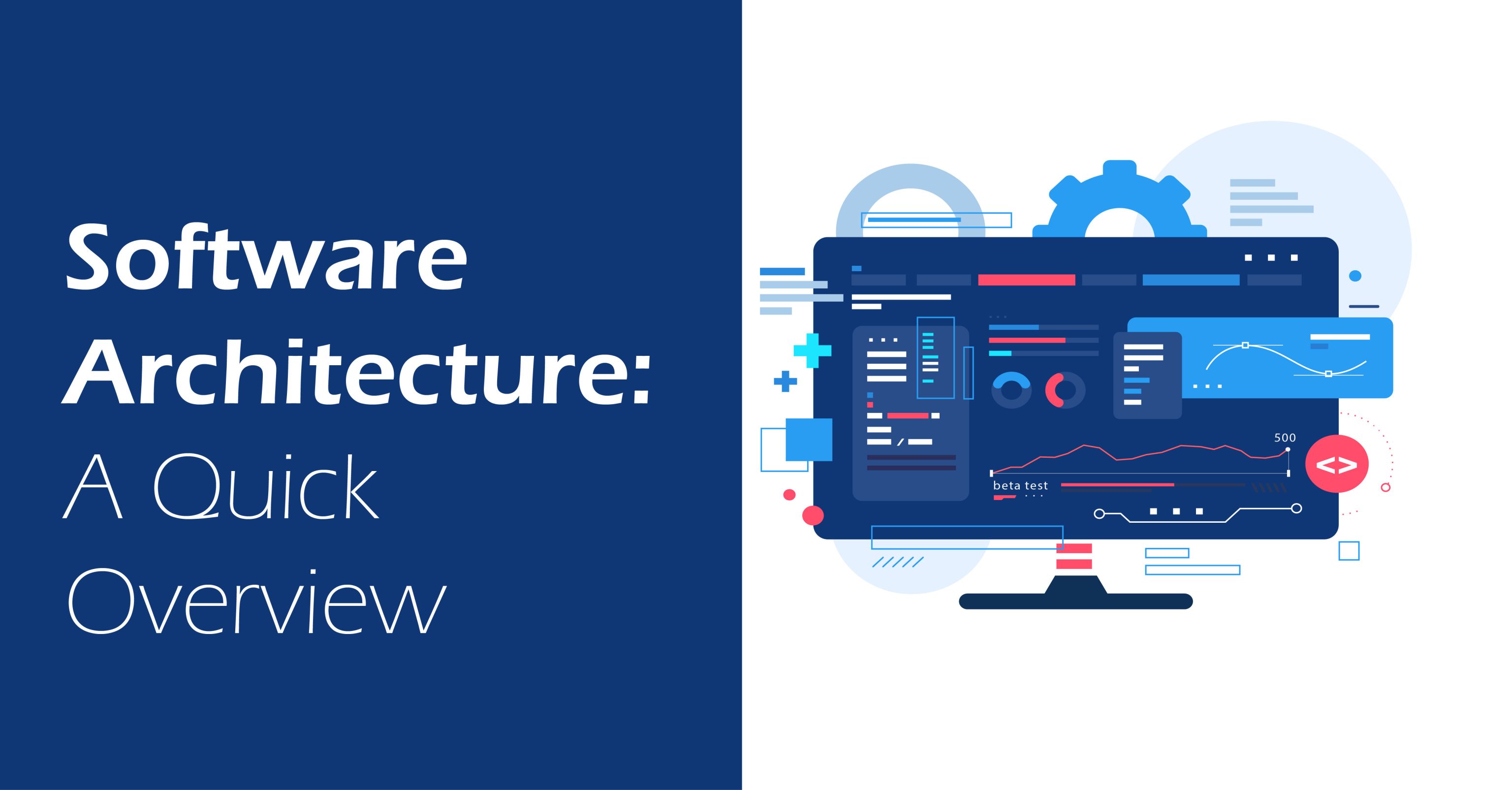As the software industry continues to expand, it delivers powerful solutions that make our lives easier. However, behind these solutions lies a web of complex logic that is designed and maintained through software architecture, ensuring that the system is scalable, maintainable, and capable to adapt feature demands.
In this article, we’ll introduce you to the world of software architecture and its significance. We’ll also describe some common software architecture patterns.
Let’s dive in.
What is Software Architecture?
Software architecture also determines the organization of components to achieve the expected goals. The aim of a software architecture is to craft a maintainable, scalable, and secure software system that meets all the requirements of users and organizations.
Why do we need software architecture?
Software architecture is essential for several reasons:
Describe the System to Everyone
A perfect software solution meets all the functional, non-functional, technical, and operational requirements. These requirements should be clear and understood by both non-technical and technical persons such as developers, designers, managers, stakeholders, and so on. The software architecture acts as a bridge, allowing you to describe the system to everyone involved in the project. Lack of software architecture can lead to failure to meet the expected goals and quality attributes.
Reduce Complexity
Software architecture is essential when dealing with complex software projects. A complex software system consists of numerous components and intricate interactions which is crucial to understanding the team members for making informed decisions about updating and modifying the system. A well-designed software architecture works like a storybook that clearly explains each part of the system in a way that even new team members can understand the system architecture.
Less time in Finding Issues
A well-structured software architecture offers a high-level view of the system, making it easy to understand the structure and operations of the software. This helps developers and programmers to identify the weak spots, and potential bottlenecks and make informed decisions quickly.
Quality Assurance
Risk Management
Software architecture helps you identify and mitigate potential risks early in the development process. By offering a structured and clear blueprint of the system, it allows you to address challenges before they convert into major issues. This can include understanding dependencies, technical challenges, and planning for future growth.
5 Common Software Architecture Patterns
Client-Server
One of the most prevalent architectures is mostly used for online-based applications. In this architecture model, the user or application itself acts as a client that sends requests to the server for specific data, and the server which can be a physical server or a cloud storage provides a response with data. Both the client and server are two core components in this architecture where the client is responsible for initiating communication and sending requests. The server listens to the request, processes it, and returns a response to the client. The client-server architecture is well-known for its scalability, security, and reliability.
Master and slave
In master and slave architecture, the master is a node that controls one or more nodes (Slave) to perform a specific task. Here the master node is responsible for distributing tasks to slave nodes and tracking their activities. Slave nodes are like workers that perform the specific task assigned by the master node. This architecture allows your system to handle complex and large tasks quickly and efficiently as the tasks are distributed to several workers (slaves).
Microkernel
The Microkernel architecture embraces the plug-and-play concept where the system core functionality is separated from the other functionalities and implemented as a separate module. The core functions are implemented in the microkernel. The microkernel holds the most basic system core and provides the basic services to run the system. That’s why the microkernel architecture is also known as pluggable architecture.
Component-based
Component-based architecture is the modern approach to designing and developing software. In this architecture, the software components are separated and reusable. Component-based architecture splits complex systems into smaller and highly manageable components, making the development process more efficient and effective. Modern frontend development technologies like React and Angular are the greatest examples of Component-based architecture.
Microservices
Microservice architecture divides a software system into small and independent services. This approach enhances the system’s scalability, flexibility, and faster development of new features. These small independent services of Microservice architecture can be developed, deployed, and scaled independently without affecting the core system or other parts of the system. However, these services require communication with each other over the network, creating a challenge to maintaining communication between services.
Final Thoughts
Software architecture is the backbone of a successful software project. It’s more than just a technical necessity. Software architecture guides the development process and shapes product performance and adaptability.
However, selecting the best software architecture tool is essential to craft an effective architecture design for your software system. If you need any further assistance regarding this or have any questions, feel free to let us know.



I really enjoyed exploring
your site. good resource
GTU
your site. good resource